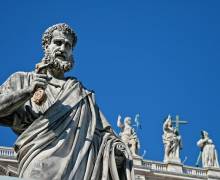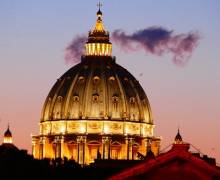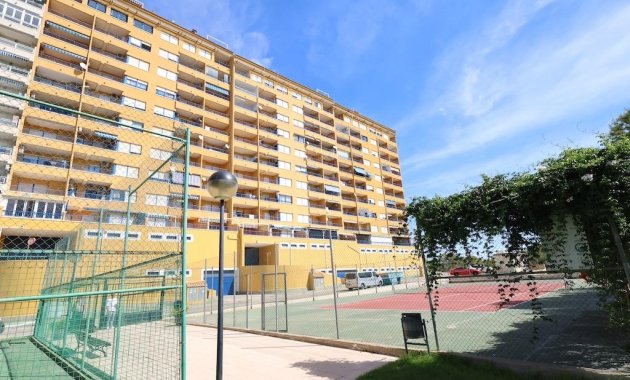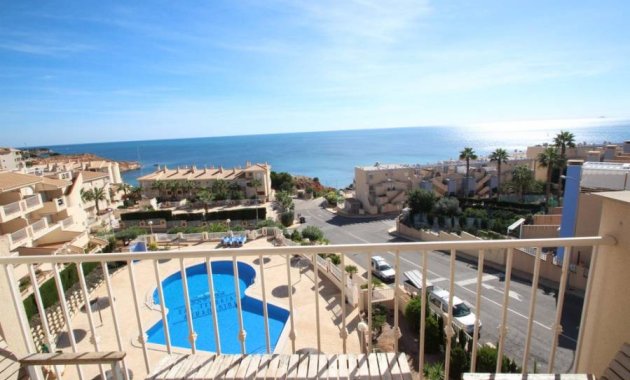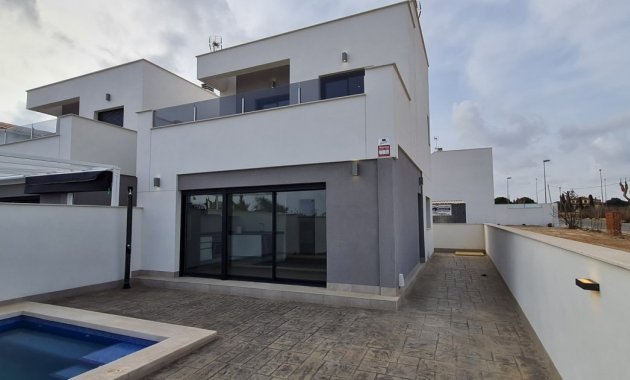From White Smoke to Habemus Papam : The Process of Electing a Pope
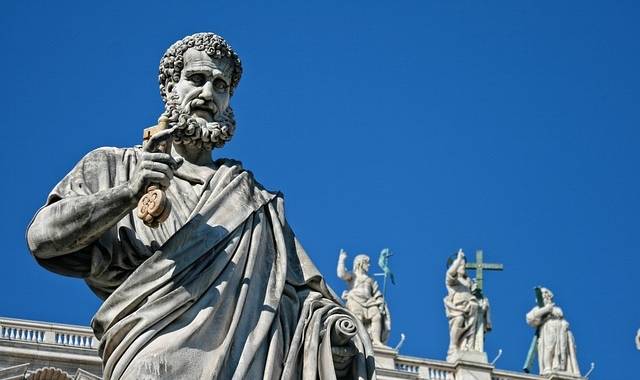
Discover the rituals, secrets, and curiosities behind one of the world’s oldest traditions.
When a Pope dies or decides to resign, one of the most solemn and ancient processes of the Catholic Church begins: the election of his successor. This procedure, known as the Conclave, is full of traditions, strict rules, and highly symbolic moments.
Who Elects the New Pope?
The responsibility of electing the Pope lies with the College of Cardinals, composed of the Church’s cardinals. However, only cardinals under the age of 80 are eligible to vote. In general, between 100 and 120 cardinals participate in the Conclave.
The Beginning of the Conclave
After the death or resignation of the Pope, several meetings called General Congregations are held. During these, the cardinals analyze the situation of the Church and spiritually prepare for the election. Afterwards, they move to the Sistine Chapel, where they are completely isolated from the outside world until a new Pope is chosen.
Before the voting begins, all cardinals take a solemn oath to maintain absolute secrecy about everything that occurs during the process.
How Does the Voting Work?
The voting process is rigorous and completely secret.
Each day, up to four voting sessions can be held: two in the morning and two in the afternoon. To be elected, a cardinal must receive a two-thirds majority of the votes.
After each vote, the ballots are burned in a special stove connected to a chimney visible from St. Peter’s Square.
- If no Pope is elected, black smoke (fumata nera) appears, indicating that the process continues.
- If a cardinal is elected and accepts the position, white smoke (fumata bianca) rises, announcing the good news to the world.
The Moment of
Habemus Papam
Once elected, the new Pope must accept the office and choose the name he will use for his pontificate.
He is then presented to the people from the central balcony of St. Peter’s Basilica with the famous phrase: “Habemus Papam” (“We have a Pope”).
Thousands of faithful gathered in the square, along with millions of people around the world, await eagerly to discover his identity.
Some Curiosities About the Conclave
- The word conclave comes from the Latin cum clave, meaning “with a key,” because the cardinals are literally locked in until a decision is made.
- The first formal Conclave, as we know it today, took place in 1271 in Viterbo after a long papal vacancy.
- It is not mandatory for the Pope to be a cardinal, but in practice, this has been the case for centuries.
- If the election is prolonged without a result, special rules allow for adjustments to facilitate the choice.
Conclusion
The election of a new Pope is not merely an administrative act; it is a moment filled with faith, history, and emotion for millions of people around the world. From the solemn isolation in the Sistine Chapel to the eagerly awaited announcement of the Habemus Papam, every step is rich in symbolism and tradition. This ritual, linking centuries of history with the present, continues to testify to the power of great gestures that transcend generations.



